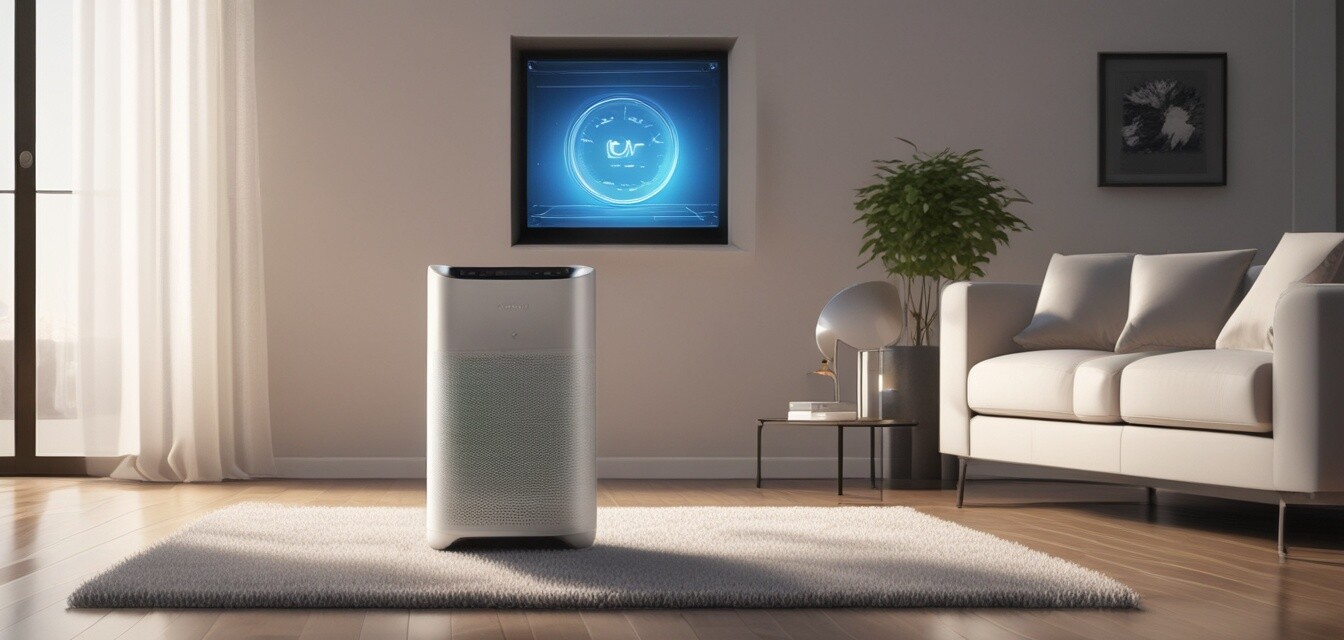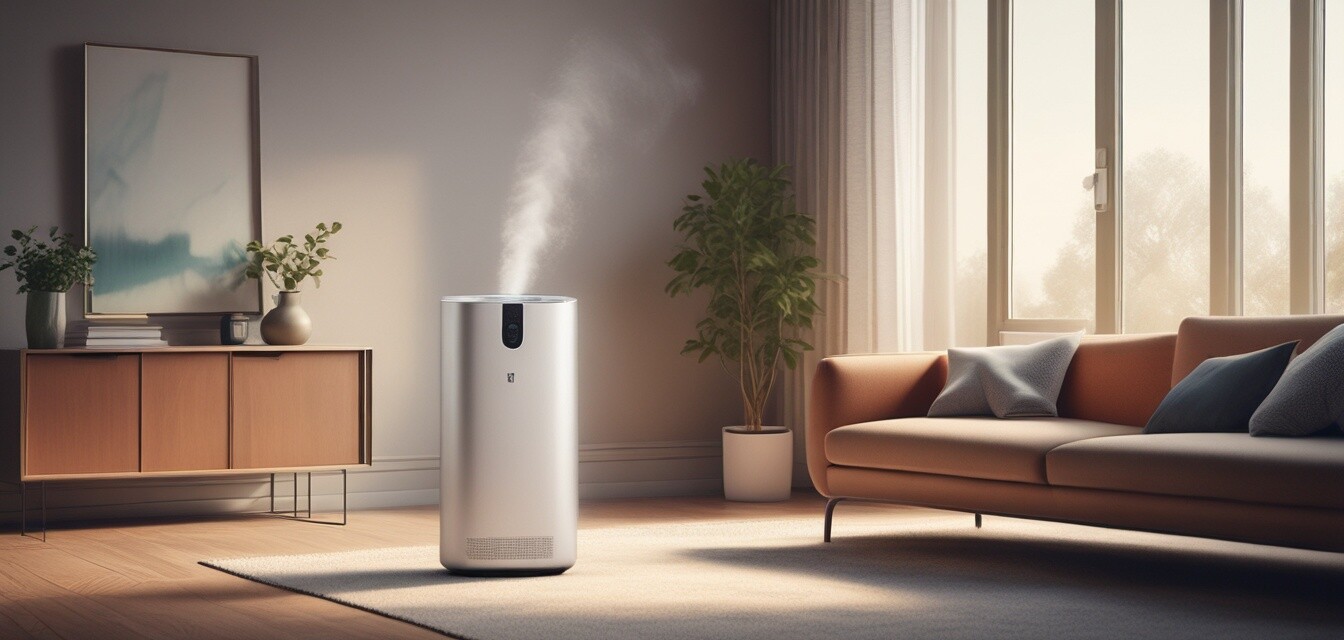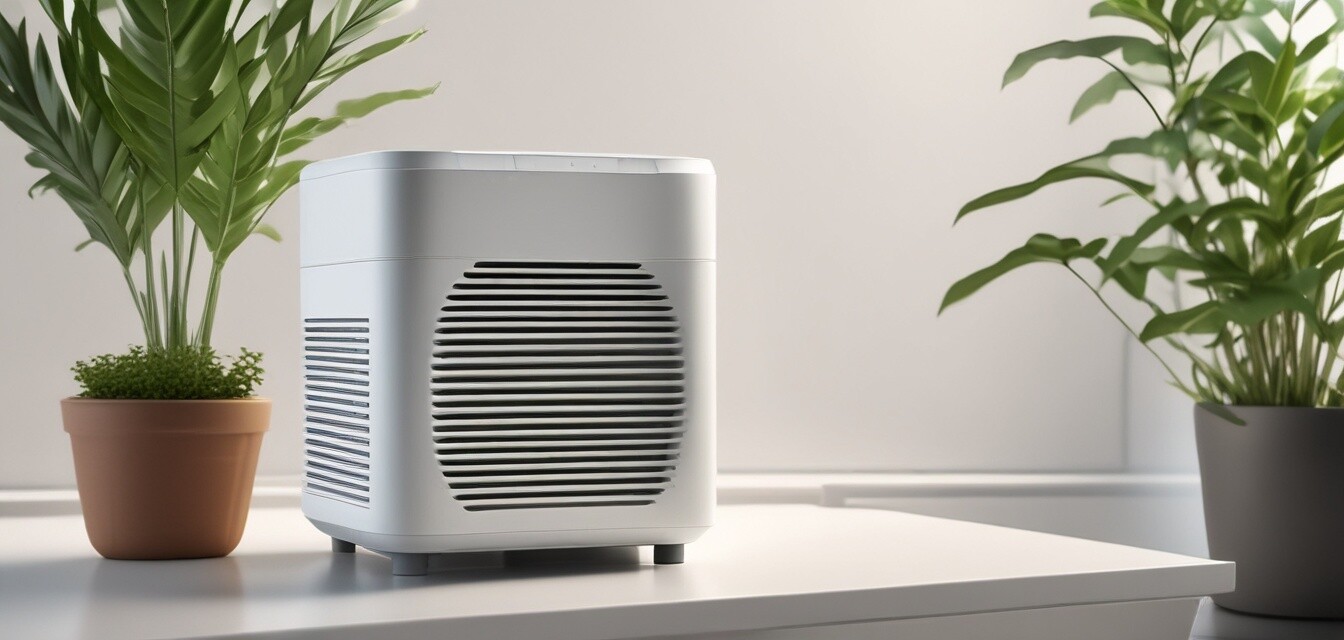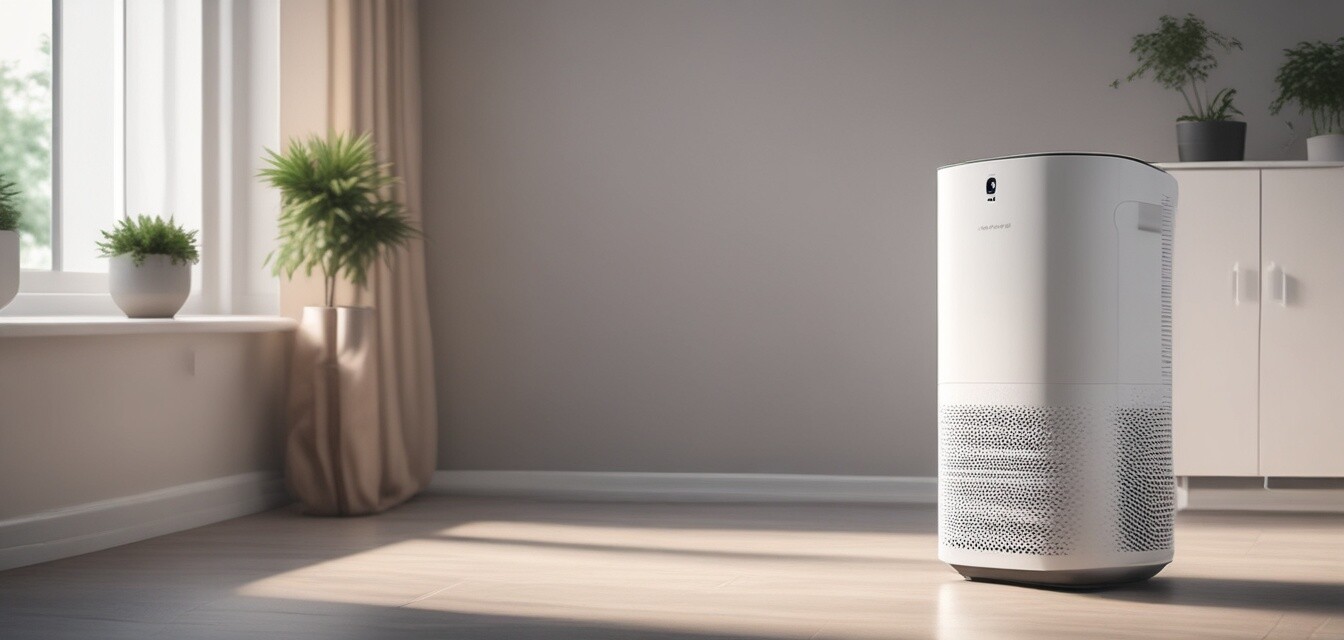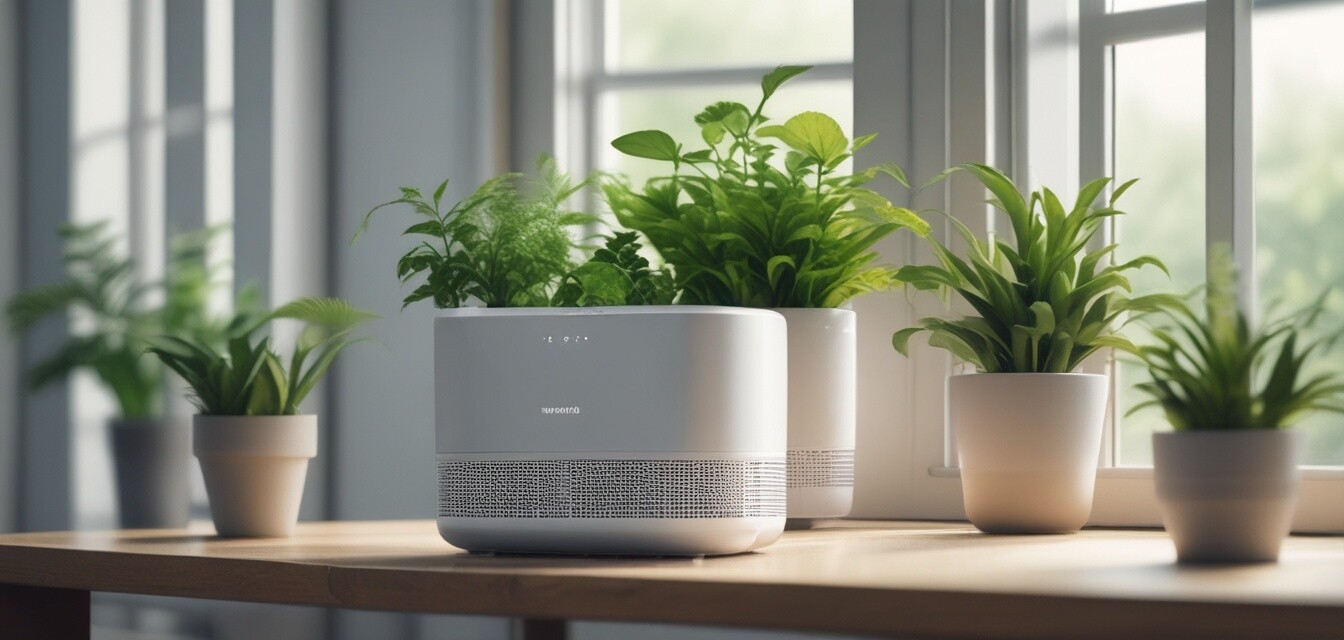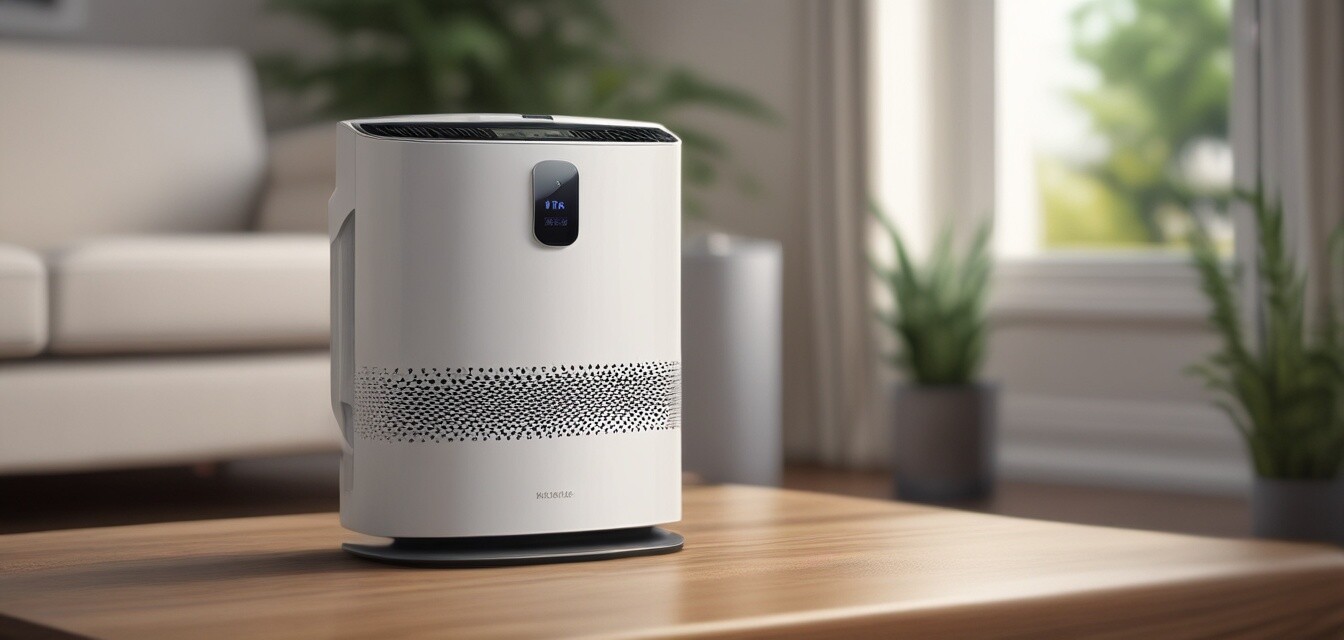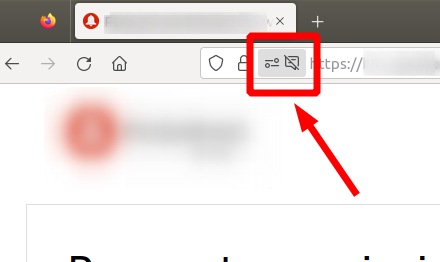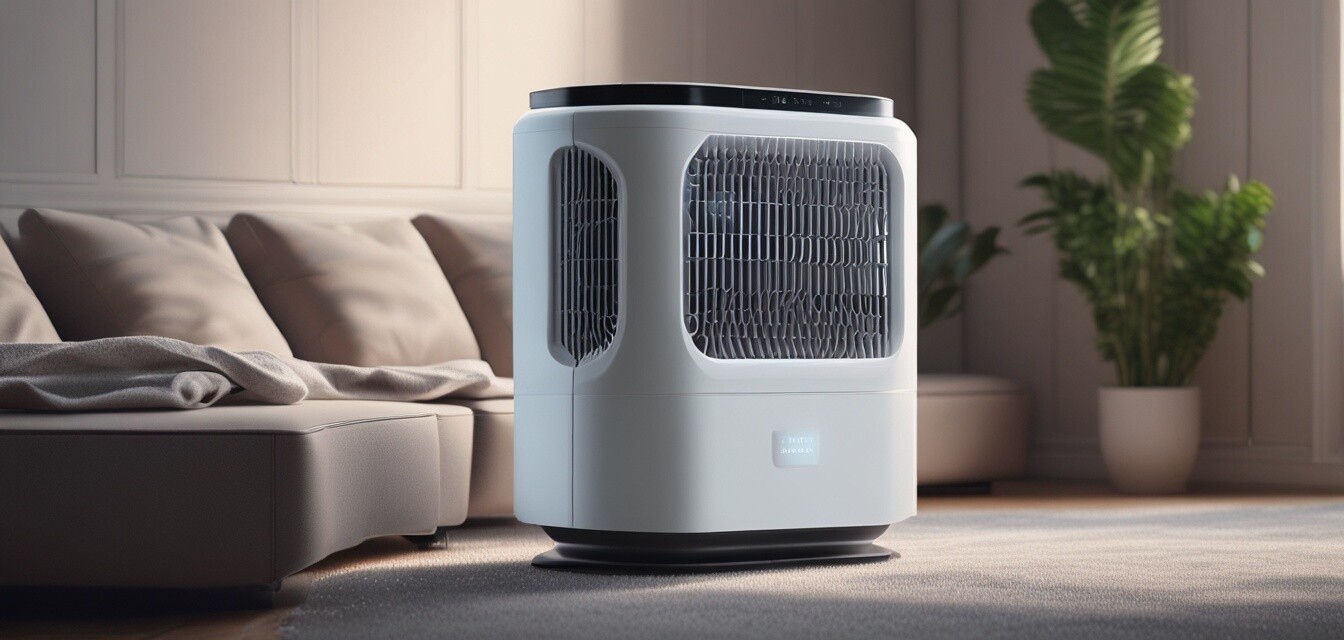
Types of Air Purifiers
Air purifiers come in various shapes, sizes, and technologies, but what sets them apart? In this article, we'll dive into the most popular types of air purifiers, their benefits, and what to consider when choosing the right one for your needs.
Key Takeaways:
- HEPA air purifiers capture 99.97% of particles as small as 0.3 microns.
- Activated carbon air purifiers excel at removing gases, odors, and chemicals.
- UV air purifiers use ultraviolet light to kill germs and bacteria.
HEPA Air Purifiers
High-Efficiency Particulate Air (HEPA) air purifiers are the most popular type of air purifier. They work by capturing 99.97% of particles as small as 0.3 microns, including:
- Dust
- Pollen
- Pet dander
HEPA air purifiers are ideal for people who suffer from allergies or asthma. They're also great for pet owners who want to reduce pet dander and odors in their homes. Learn more about HEPA air purifiers
Activated Carbon Air Purifiers
Activated carbon air purifiers excel at removing gases, odors, and chemicals from the air. They're particularly effective against:
- Volatile Organic Compounds (VOCs)
- Tobacco smoke
- Pet odors
Activated carbon air purifiers are perfect for people who live in urban areas with high levels of air pollution.
 Learn more about activated carbon air purifiers
Learn more about activated carbon air purifiers
UV Air Purifiers
UV air purifiers use ultraviolet light to kill germs and bacteria. They're particularly effective against:
- Bacteria
- Viruses
- Fungi
UV air purifiers are ideal for people who want to reduce the spread of germs and illnesses in their homes.
 Learn more about UV air purifiers
Learn more about UV air purifiers
Ionizer Air Purifiers
Ionizer air purifiers work by releasing negative ions into the air, which attract and trap pollutants. They're particularly effective against:
- Dust
- Pollen
- Pet dander
Ionizer air purifiers are ideal for people who want a low-maintenance air purifier that's energy-efficient.
 Learn more about compact air purifiers with ionizer features
Learn more about compact air purifiers with ionizer features
Comparison of Air Purifier Types
Air Purifier Type Benefits Drawbacks HEPA Captures 99.97% of particles as small as 0.3 microns May not be effective against gases and odors Activated Carbon Effective against gases, odors, and chemicals May not be effective against particles as small as 0.3 microns UV Kills germs and bacteria May not be effective against particles and gases Ionizer Low-maintenance and energy-efficient May not be effective against particles as small as 0.3 microns Pros
- Effective against a wide range of pollutants
- Can improve indoor air quality
- Low-maintenance and energy-efficient
Cons
- May not be effective against all types of pollutants
- May require frequent filter replacements
- Can be noisy
Tips for Choosing the Right Air Purifier
- Consider the size of the room and the air purifier's coverage area
- about the type of pollutants you want to remove from the air
- Check the air purifier's CADR (Clean Air Delivery Rate) and filter replacement costs

